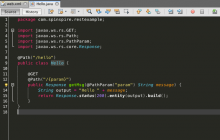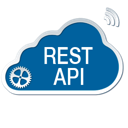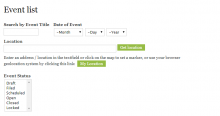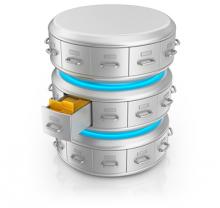Best approaches to Drupal migration
Migrating content and its linkages between sites has always been one the more difficult tasks to master in the world of Drupal. In the past, site builders and developers would have to write lots of code to set up the migrations and field mappings. Migrating between Drupal sites is not quite as daunting of a task as migrating a site from another CMS, since many of the entities will be similar across sites, but is challenging none the less.
- Read more about Best approaches to Drupal migration
- Log in to post comments











